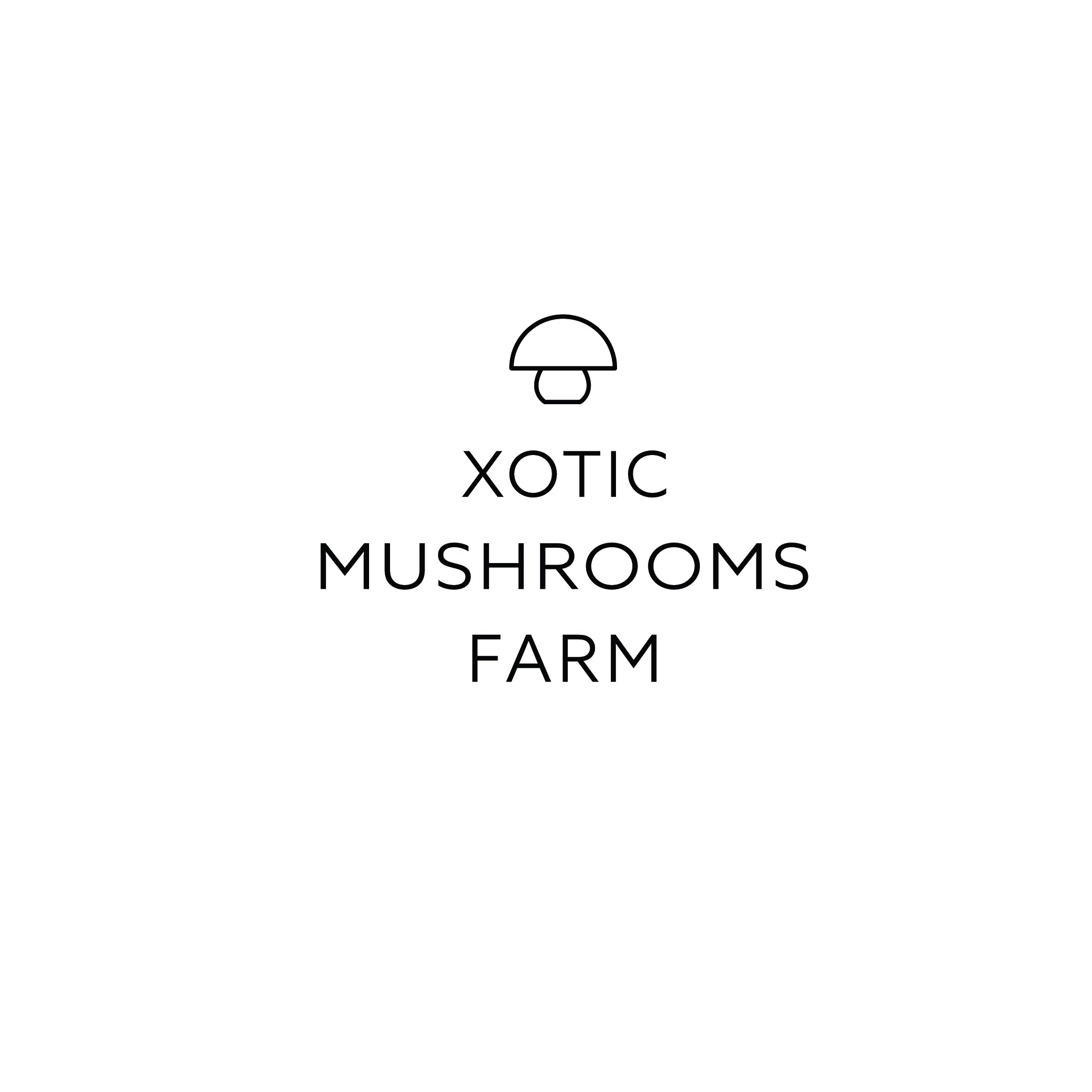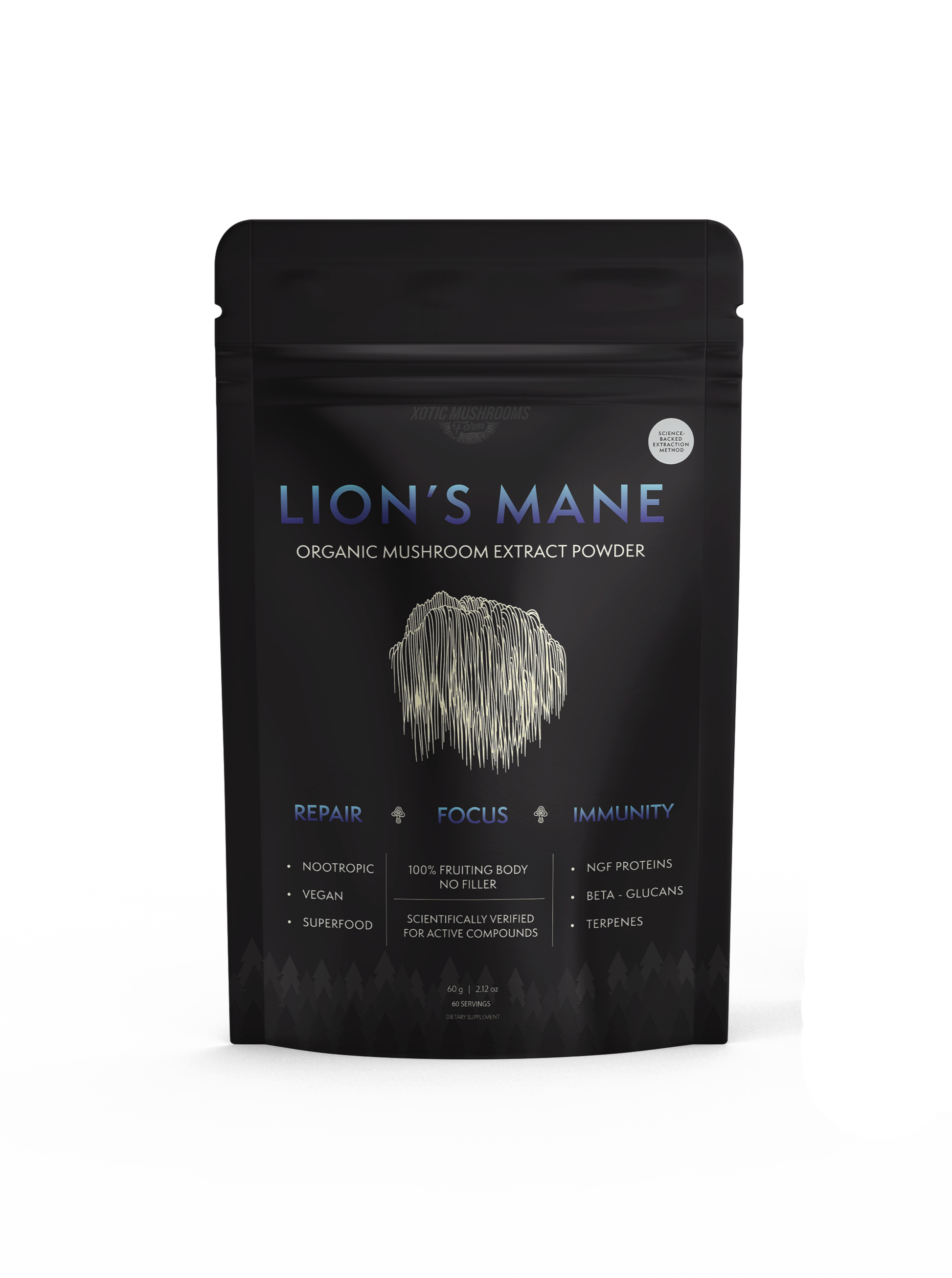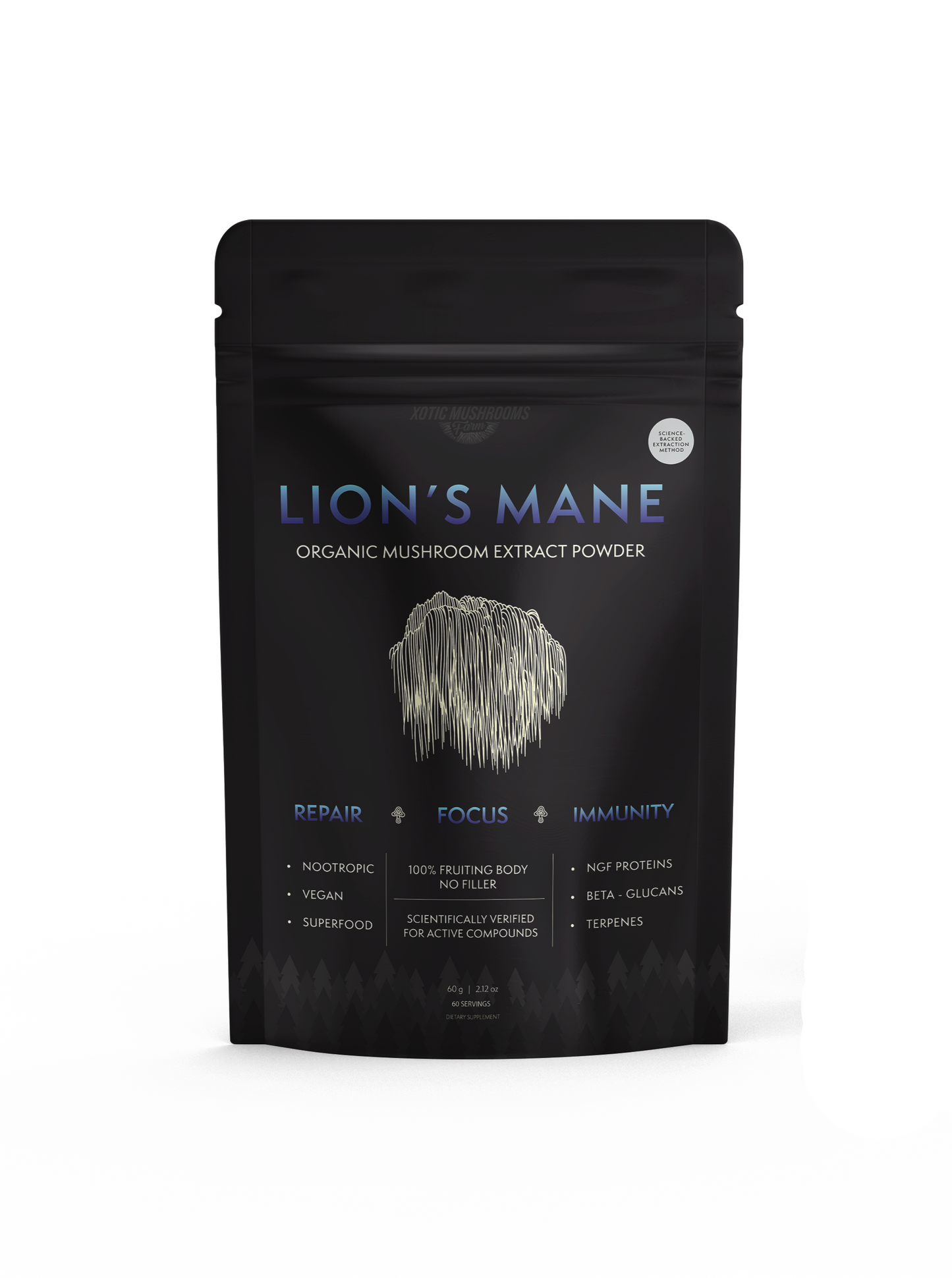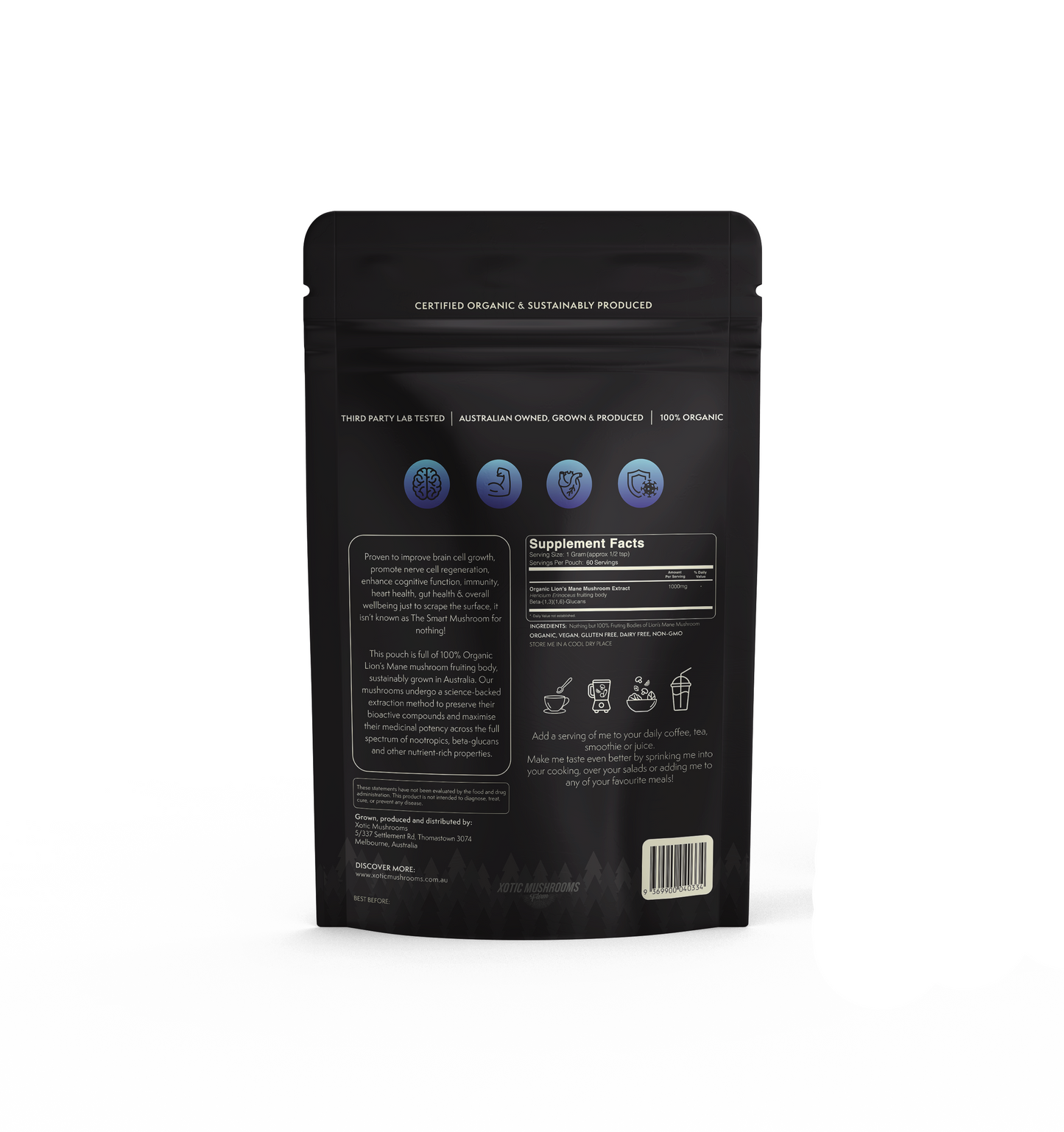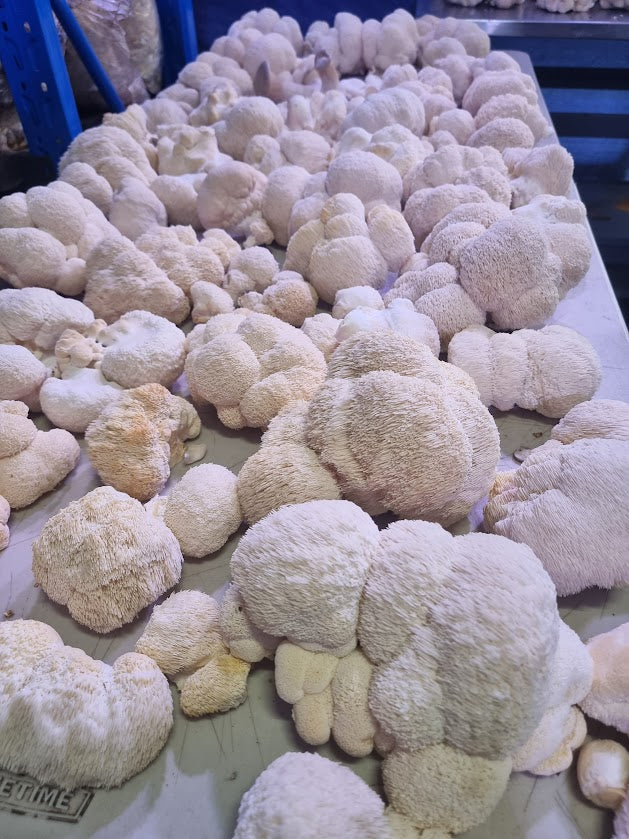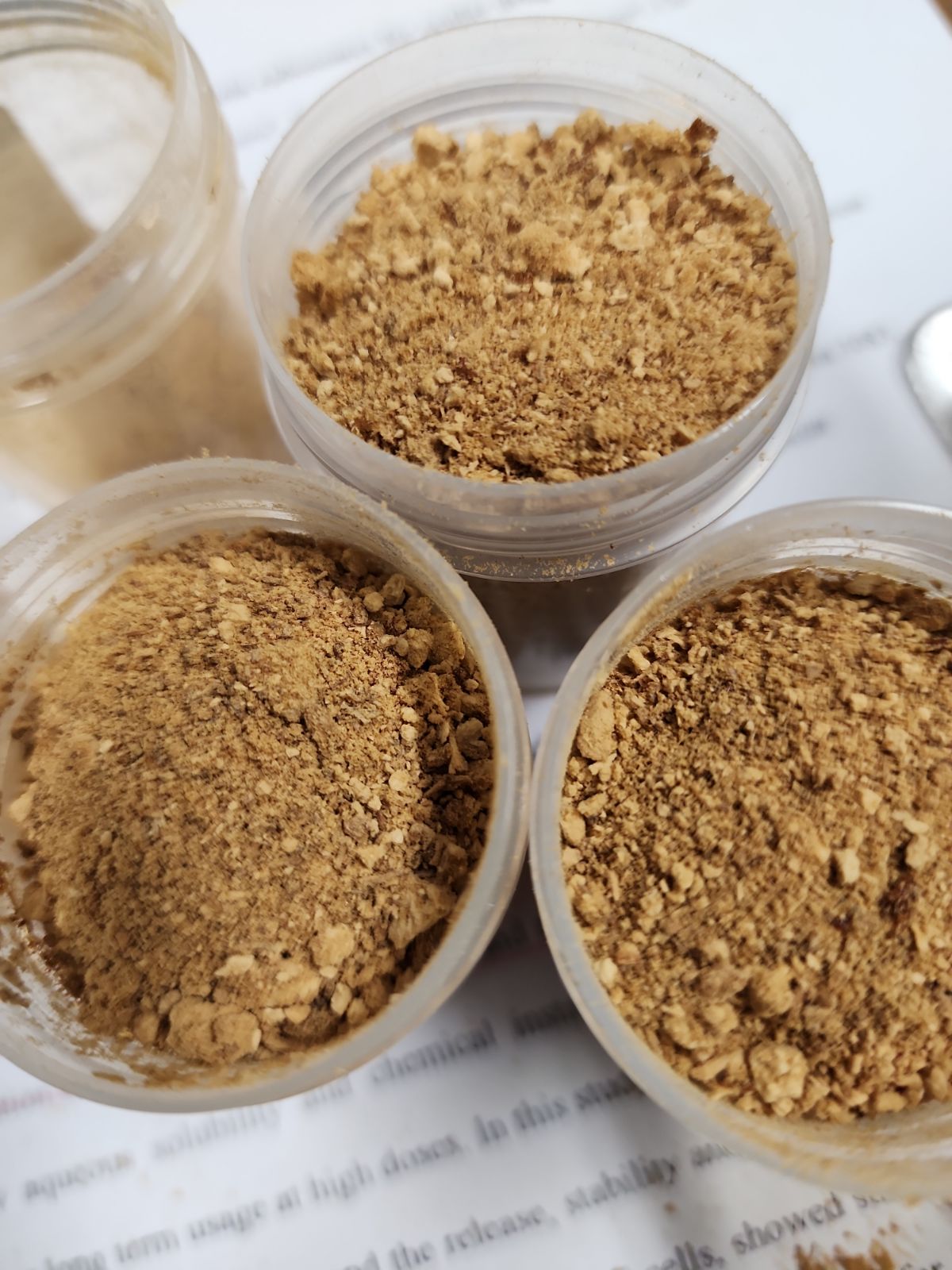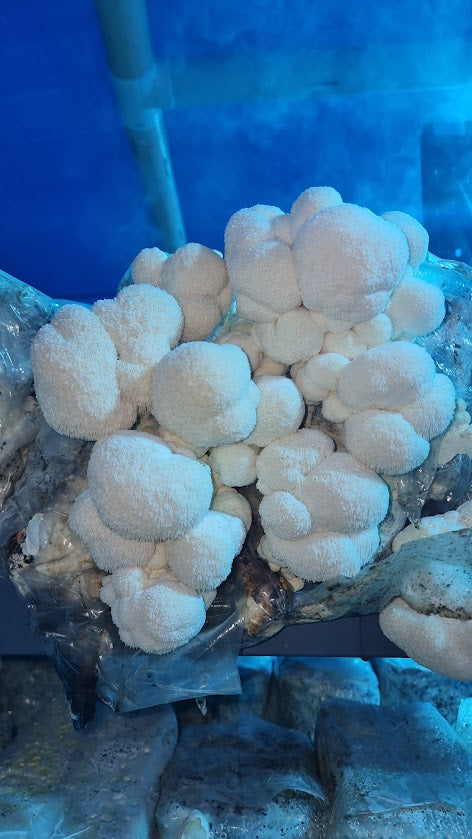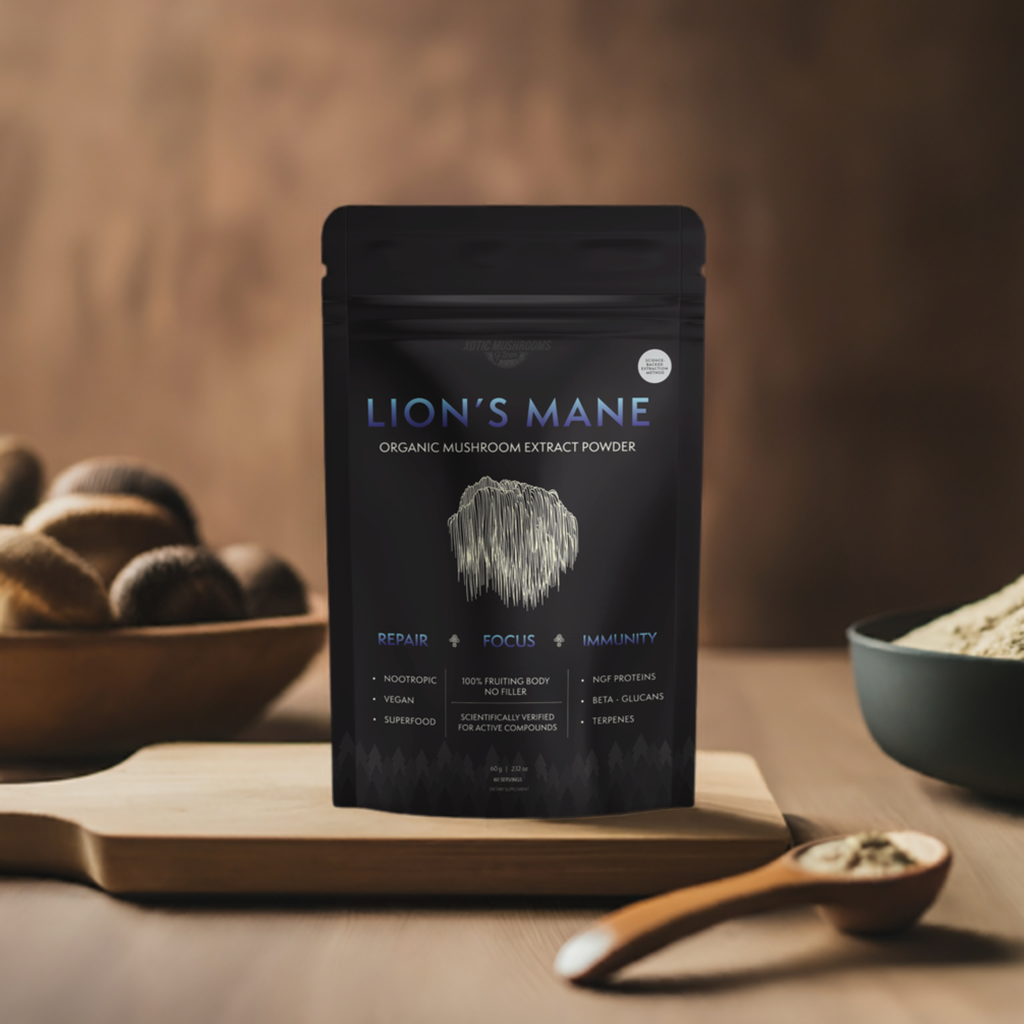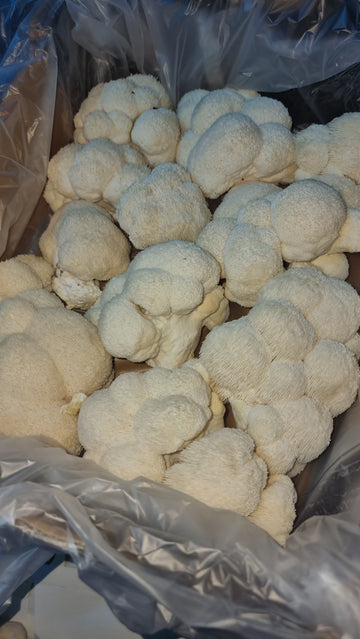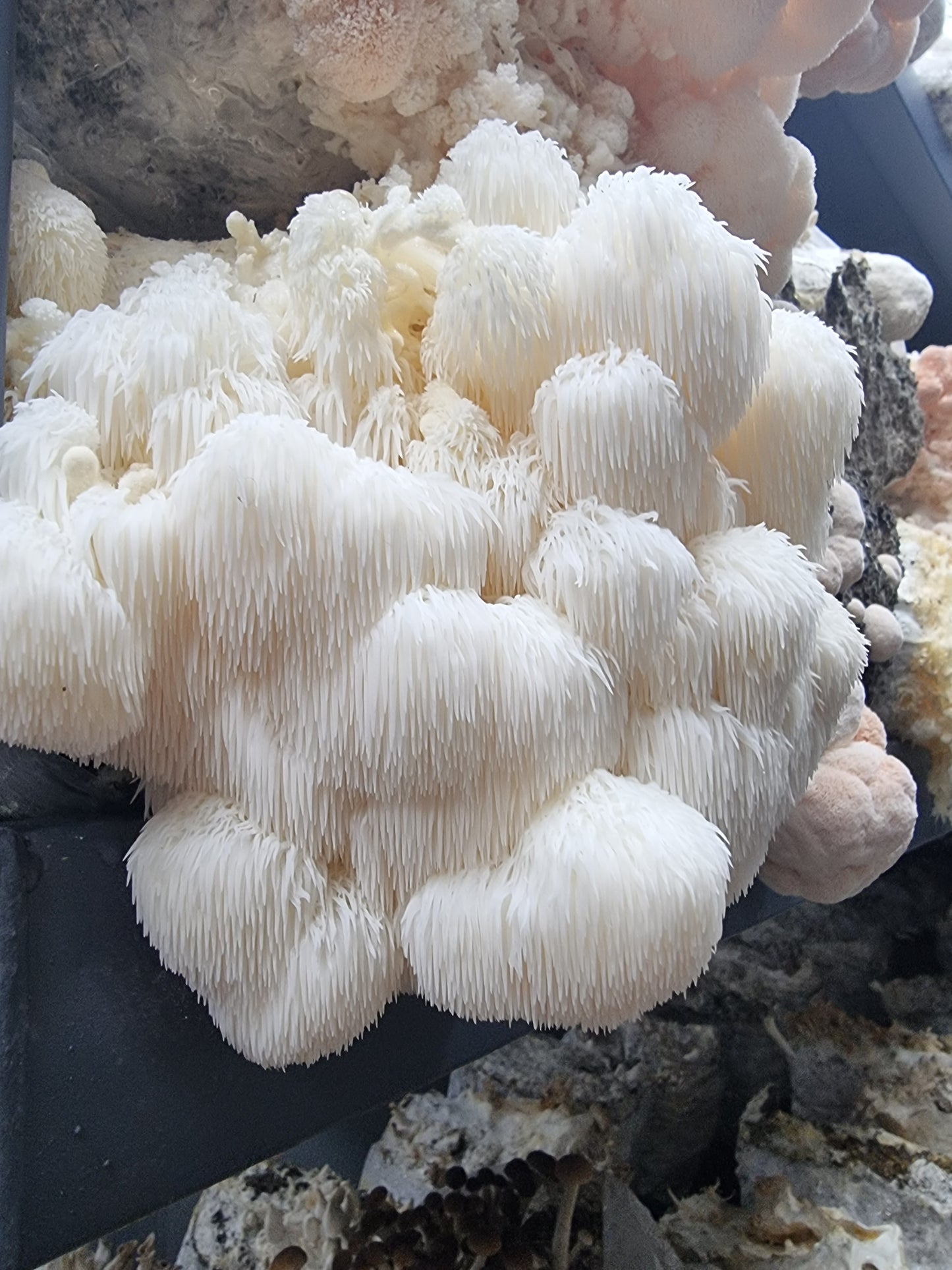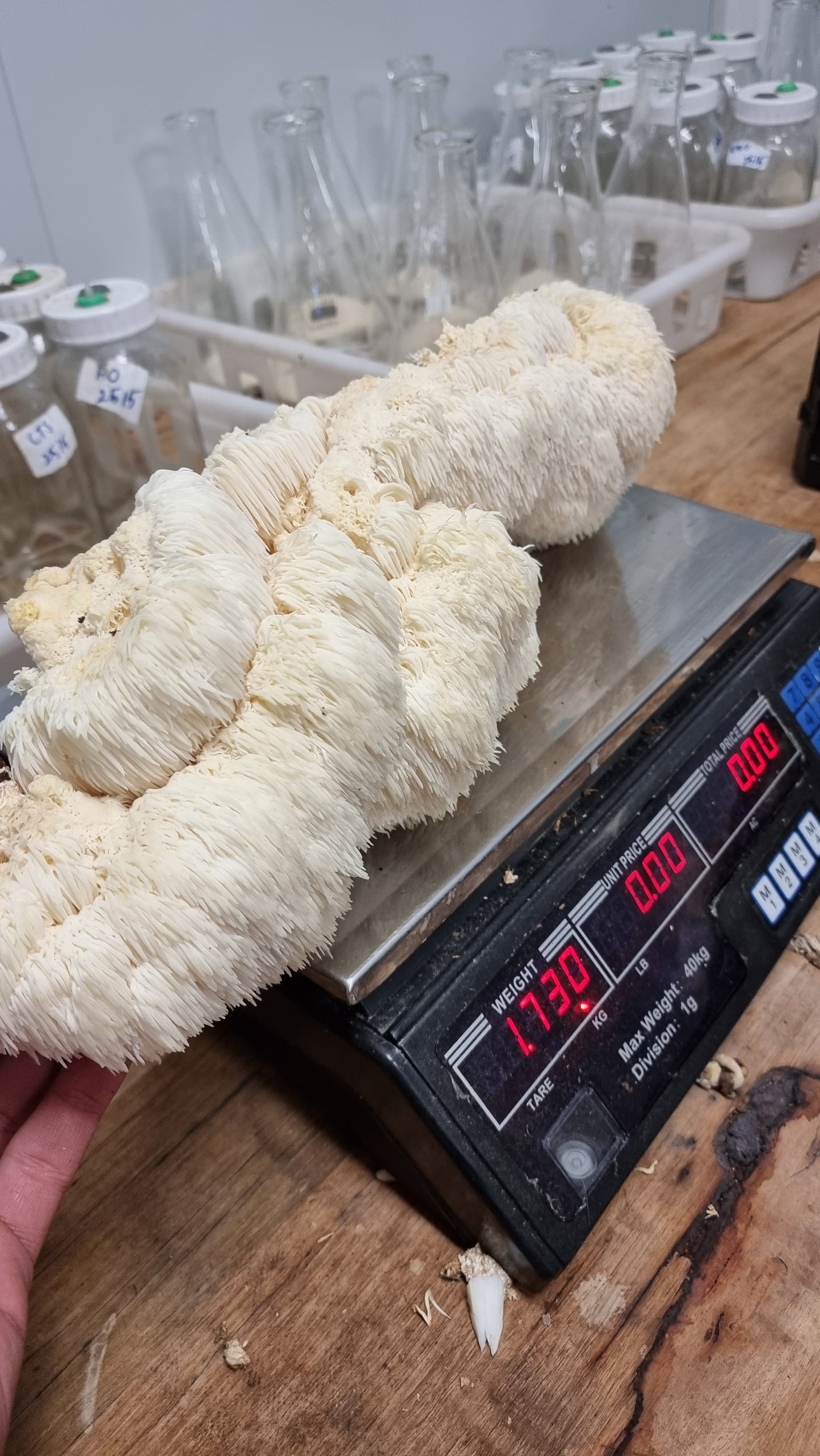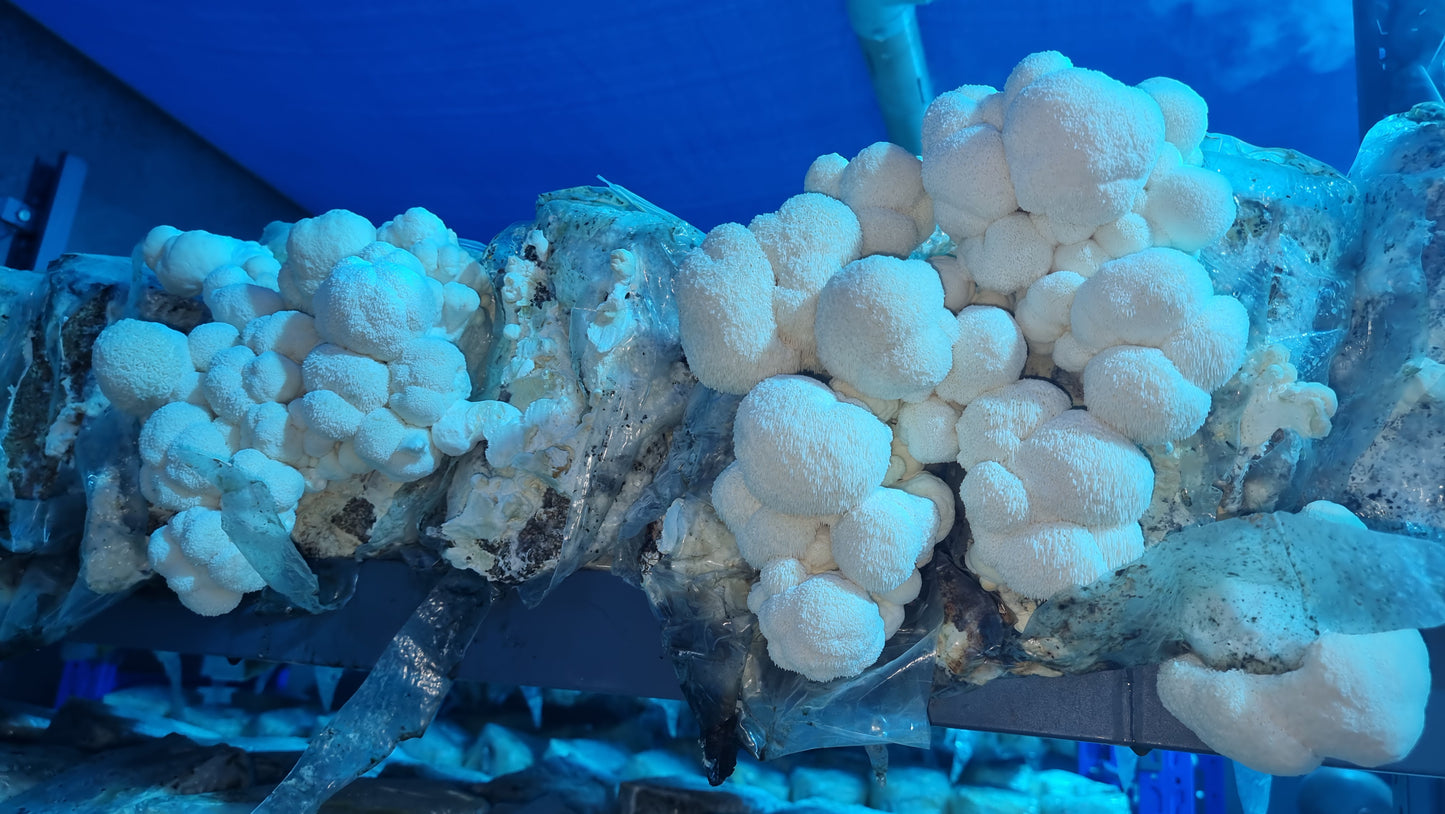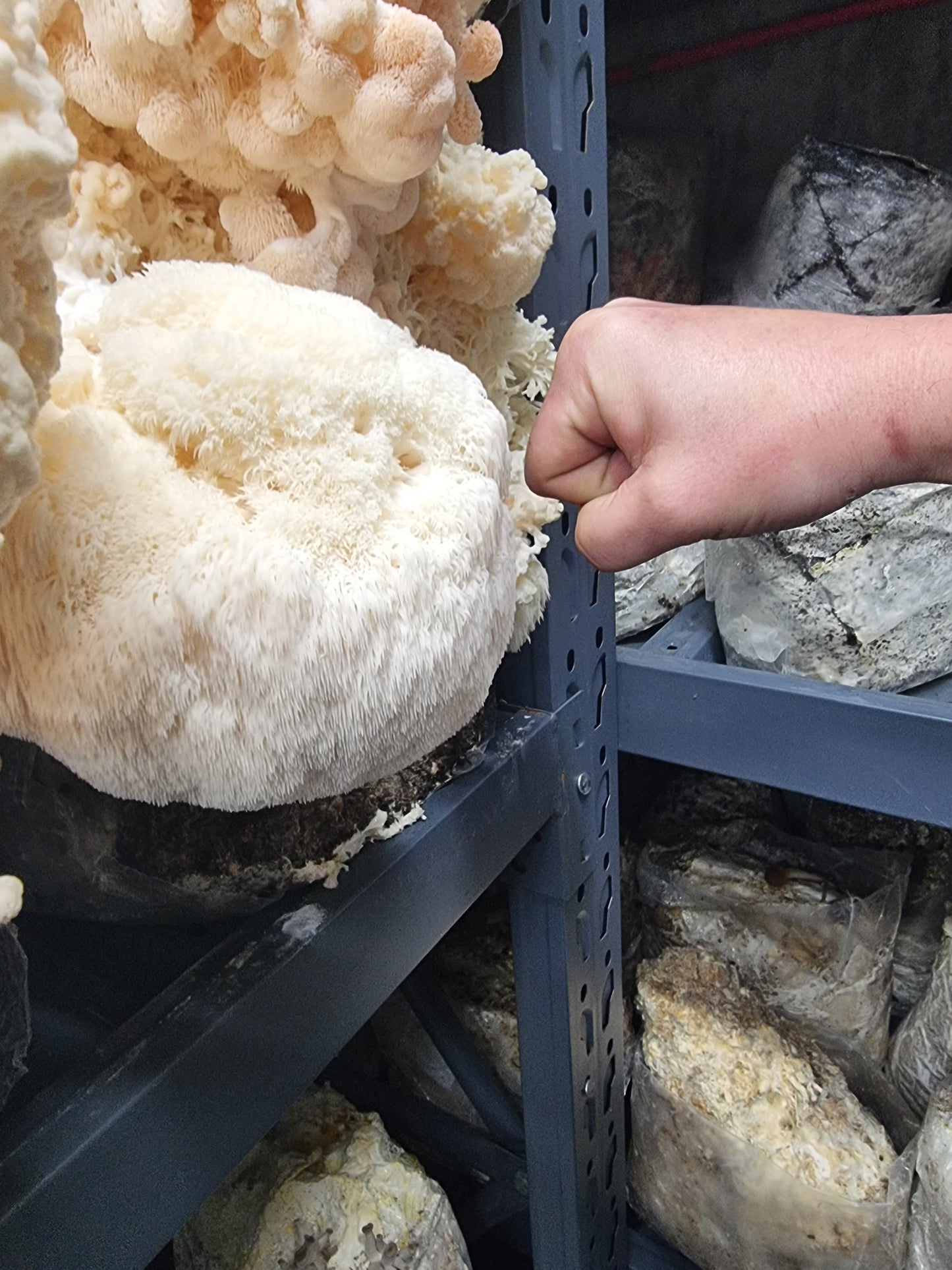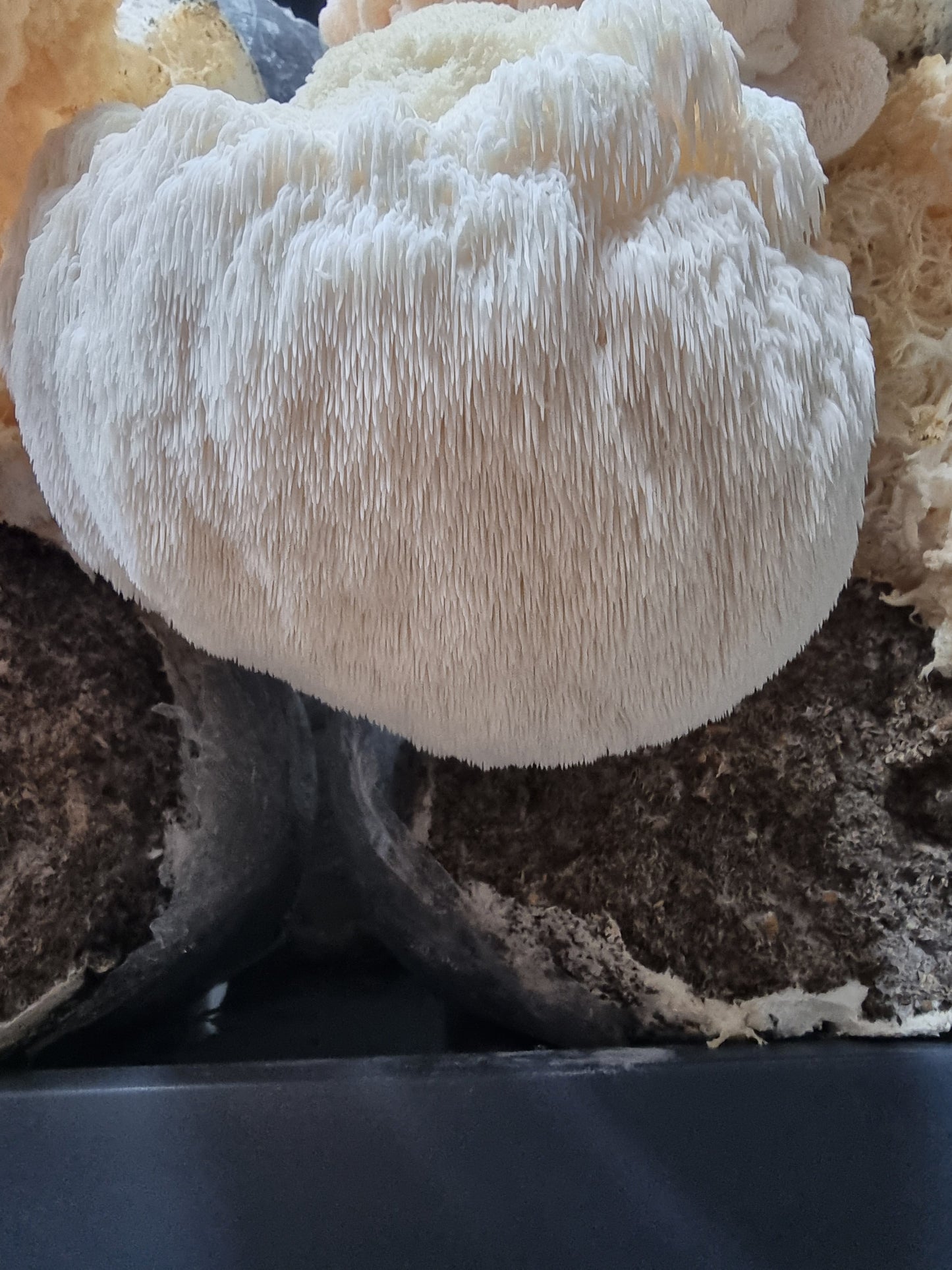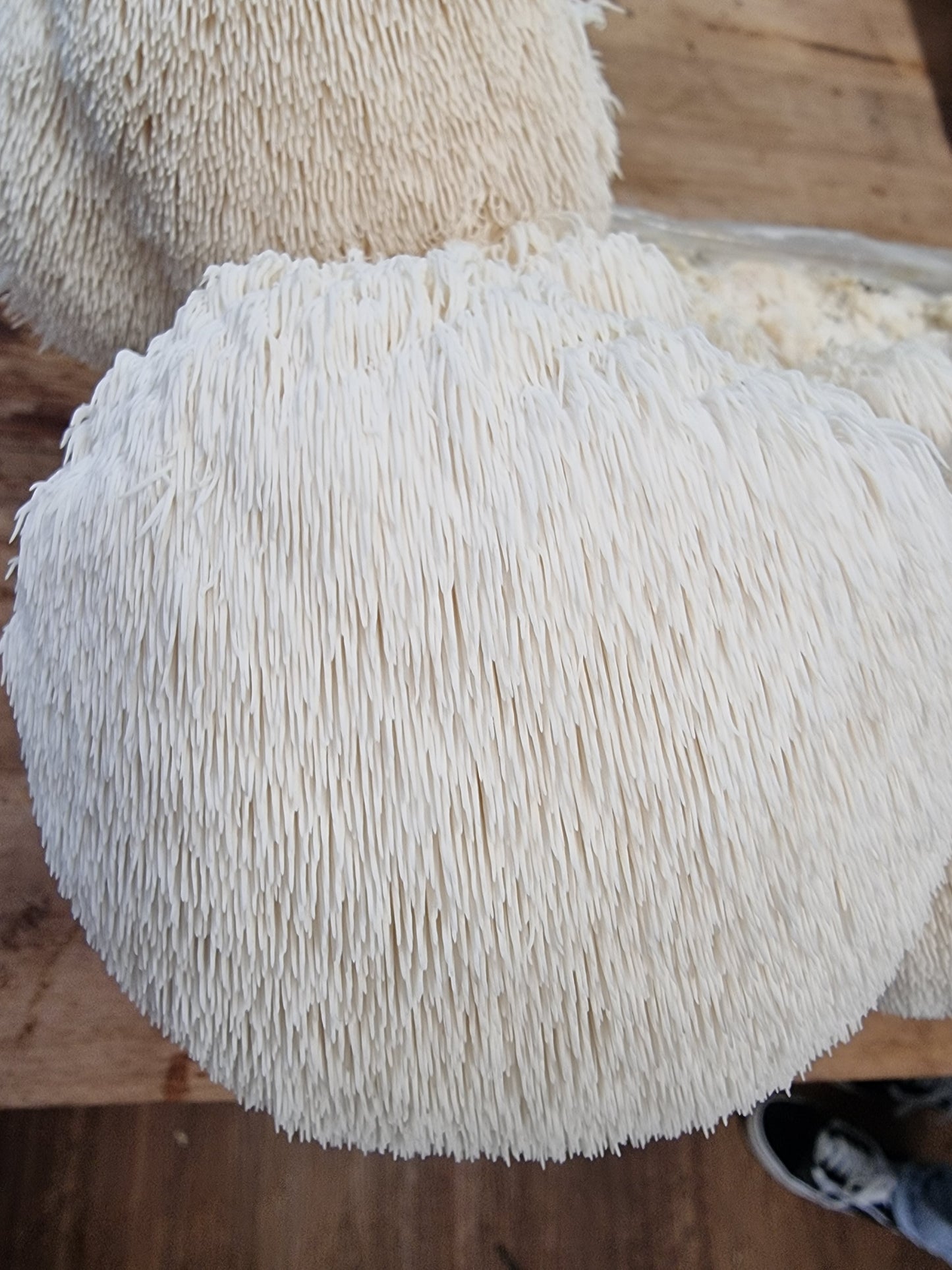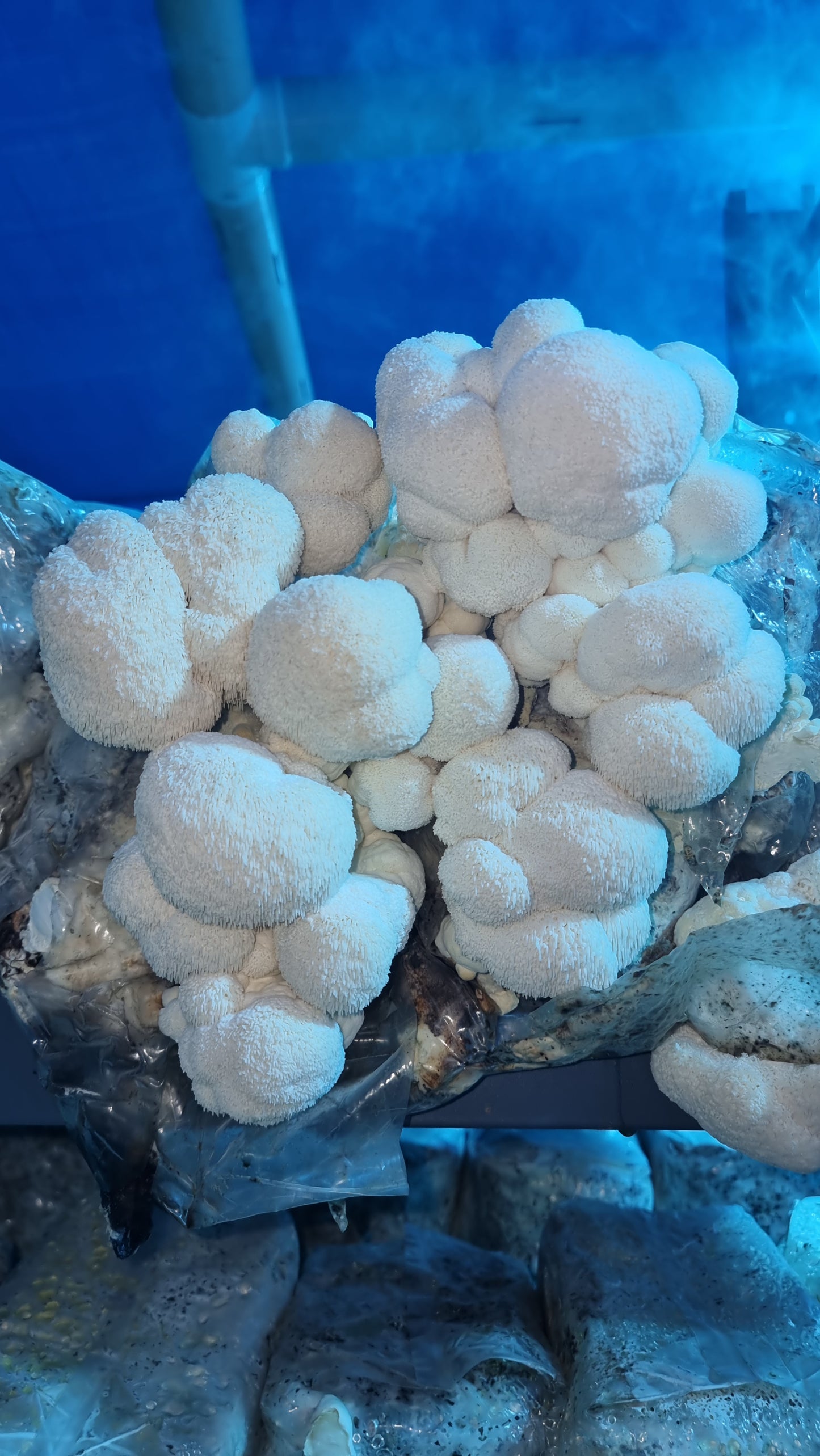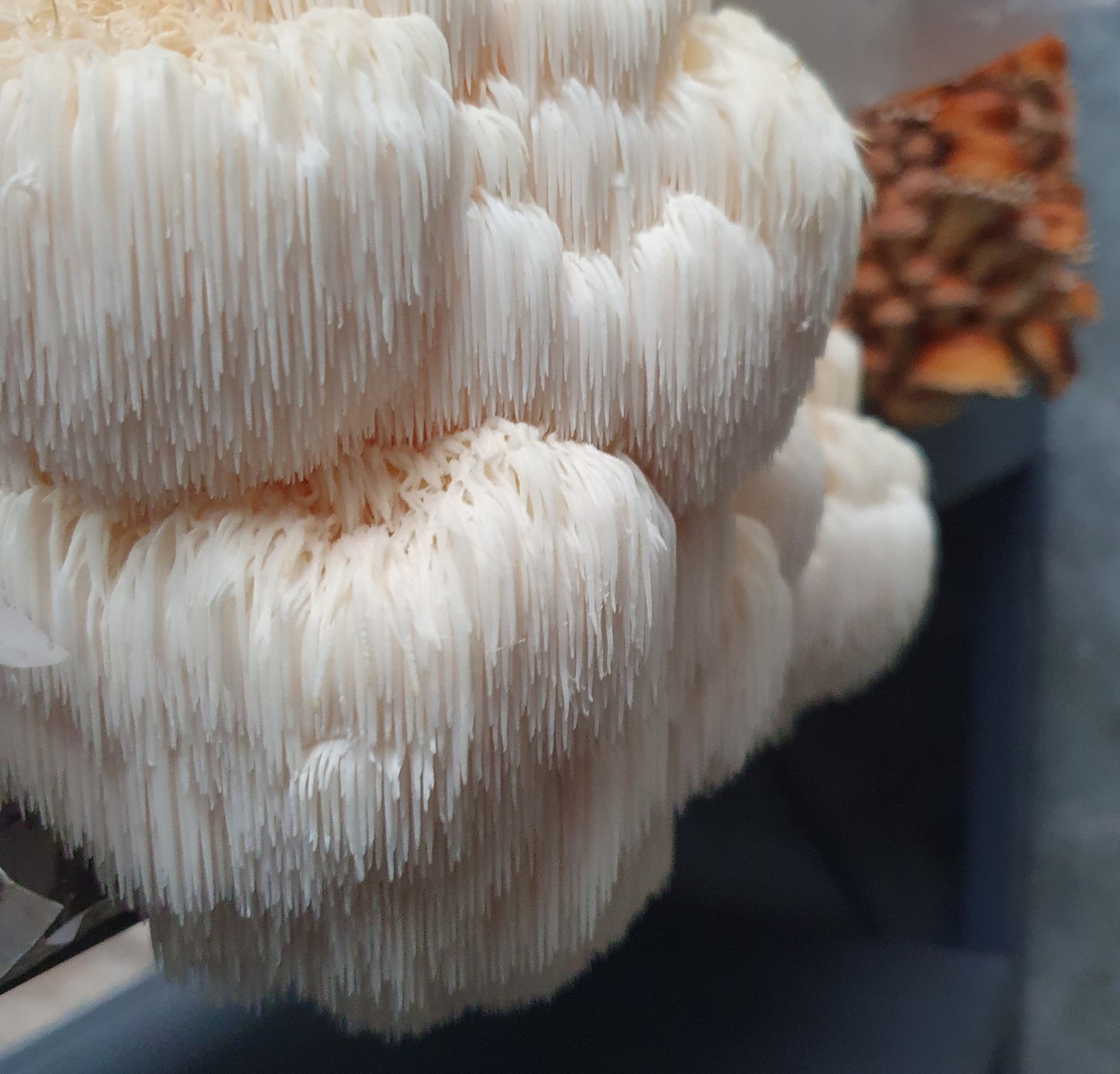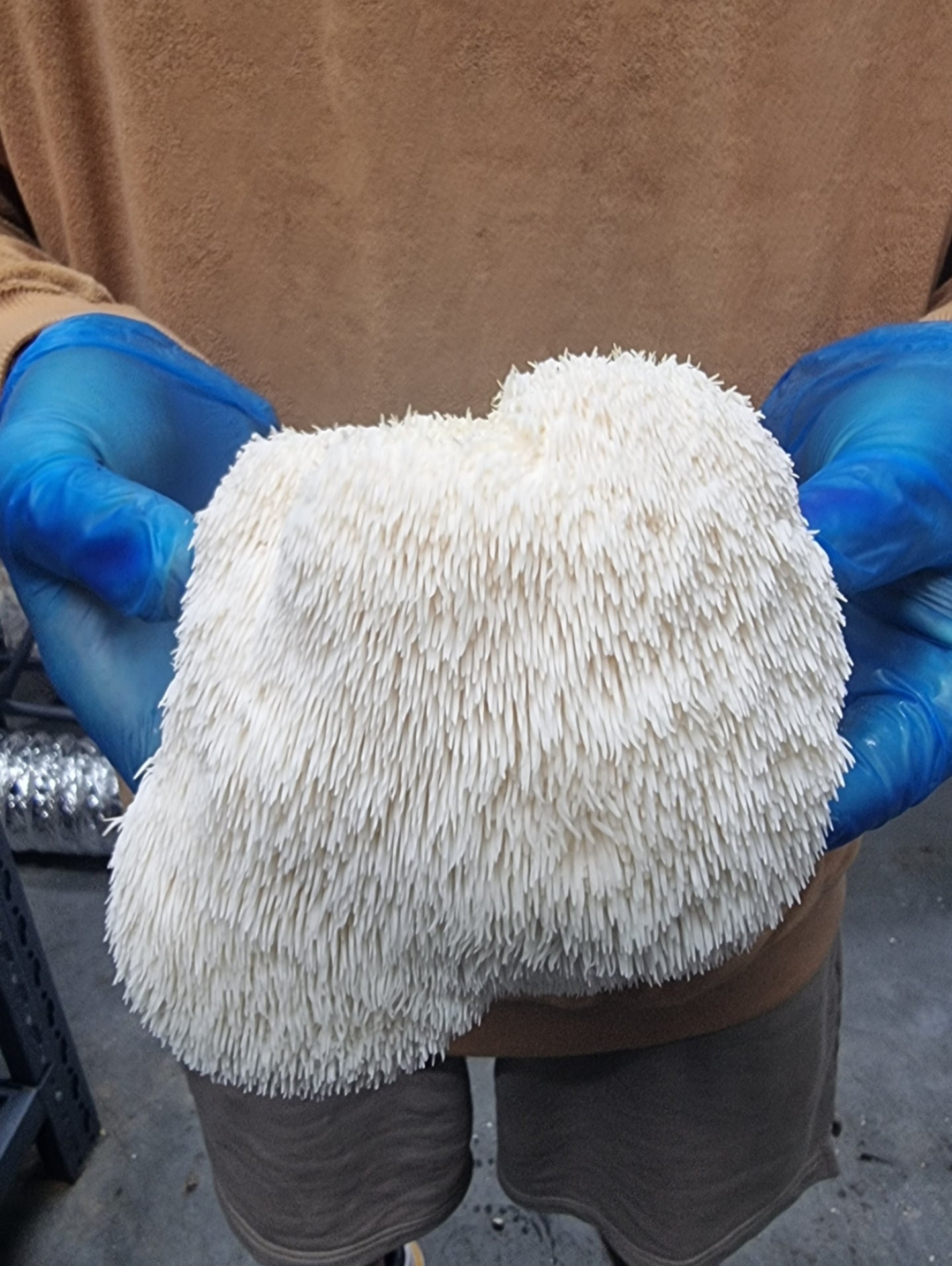With growing concerns over environmental sustainability, traditional farming practices often contribute to waste and pollution.
Many people are unaware of how to minimise their ecological footprint while enjoying homegrown produce.
This article explores how to grow Blue Oyster mushrooms sustainably using recycled materials. It offers an eco-friendly solution that benefits both the environment and your kitchen.
The Concept of Sustainable Mushroom Farming

Sustainable mushroom farming revolves around practices that minimise environmental impact while maximising efficiency and productivity. It encompasses several key principles, including the use of recycled materials and waste reduction strategies.
Growers reduce landfill waste and lower production costs by using agricultural by-products such as straw, sawdust, and coffee grounds as substrates.
Furthermore, sustainable mushroom farming promotes resource conservation through efficient water and energy use. Controlled environments and innovative cultivation techniques, such as vertical farming and integrated pest management, enhance crop yields while minimising inputs.
This approach not only ensures a steady supply of nutritious food but also contributes to biodiversity conservation and soil health improvement.
Recycled Materials Suitable for Mushroom Cultivation

Using recycled materials in mushroom cultivation not only reduces environmental impact but also enhances sustainability. Here are some key recycled materials suitable for growing blue oyster mushrooms:
1. Coffee Grounds
Coffee grounds are an excellent substrate for mushroom cultivation due to their nutrient-rich composition, particularly high in nitrogen.
After coffee is brewed, the spent grounds can be repurposed for mushroom growth by pasteurising them to eliminate contaminants and then inoculating them with mushroom spawn. This process transforms coffee waste into a valuable medium that supports the growth of mushrooms such as blue oyster mushrooms.
Coffee grounds are readily available, cost-effective, and ideal for urban farming initiatives where space and resources may be limited. Their use not only reduces waste but also contributes to sustainable agriculture by recycling organic material into productive use.
2. Cardboard and Paper
Cardboard and paper products, including used cardboard boxes, newspapers, and shredded paper, can be recycled as substrates for mushroom cultivation. These materials are rich in carbon, which complements the nitrogen content found in other substrates like coffee grounds or agricultural waste.
To prepare cardboard and paper for mushroom growth, they are shredded and soaked in water to break down the fibres and create a suitable environment for mushroom mycelium to colonise.
This method not only repurposes waste materials but also provides a structurally supportive base that retains moisture, crucial for healthy mushroom development.
3. Agricultural Waste (e.g., Straw, Sawdust)
Agricultural waste materials such as straw and sawdust are widely utilised substrates in mushroom cultivation practices. Straw, known for its fibrous texture, offers ample surface area for mushroom mycelium to spread and thrive. It serves as a natural support system that retains moisture and provides a stable environment for mushrooms to grow.
Sawdust, a by-product of wood processing industries, is also favoured for its compatibility with mushroom growth when supplemented with nutrients. Both straw and sawdust contribute to sustainable farming by repurposing agricultural by-products into valuable resources for mushroom production.
Preparing Recycled Materials for Mushroom Cultivation

Growing blue oyster mushrooms sustainably involves repurposing recycled materials as substrates. Proper preparation of these materials is crucial to ensure optimal conditions for mushroom growth. Here’s a detailed step-by-step guide on preparing recycled materials for mushroom cultivation:
1.Coffee Grounds
Gather used coffee grounds from cafes, restaurants, or your own coffee maker,spread the coffee grounds on trays to dry or pasteurise them by heating to around 70°C for an hour to eliminate contaminants.
Once cooled, inoculate the coffee grounds with mushroom spawn by mixing thoroughly in a clean, sterile environment.
2.Cardboard and Paper
Shred cardboard boxes, newspapers, or other paper products into small pieces to increase surface area. Submerge the shredded cardboard or paper in water for at least 24 hours, allowing it to absorb moisture thoroughly.
Drain excess water and mix the soaked cardboard or paper with coffee grounds or other supplements in a clean container.
3.Agricultural Waste (e.g., Straw, Sawdust):
Cut straw into short lengths or obtain sawdust from untreated wood sources.
Heat the straw or sawdust to around 70°C for an hour to kill off potential contaminants, using a hot water bath or steam.
Allow the pasteurised material to cool before inoculating it with mushroom spawn. Mix well to distribute the spawn evenly.
4.General Tips
Ensure all tools and containers used are clean and sterilised to prevent contamination.Maintain proper moisture levels in the substrate—usually, it should feel like a damp sponge when squeezed.
Place the inoculated substrate in a dark, humid environment suitable for mushroom growth, typically between 18-24°C.
Regularly check for signs of contamination or dryness, adjusting humidity levels as necessary.
Growing Blue Oyster Mushrooms: Step-by-Step Guide

Growing blue oyster mushrooms sustainably using recycled materials is a rewarding process that combines environmental consciousness with practical farming techniques. Here's a comprehensive step-by-step guide to help you successfully cultivate blue oyster mushrooms:
1.Prepare Your Substrate
Choose a clean, well-ventilated area with controlled temperature and humidity. Sterilise all equipment and surfaces to prevent contamination.Select your recycled material substrate (coffee grounds, cardboard/paper, or agricultural waste like straw/sawdust).Follow specific preparation steps for your chosen substrate.
2.Inoculate with Mushroom Spawn
Once your substrate is prepared and cooled (if applicable), inoculate it with blue oyster mushroom spawn.Distribute the spawn evenly throughout the substrate to ensure uniform colonisation.
3.Mixing and Incubation
Mix the spawn thoroughly into the substrate material. Ensure it is evenly distributed for optimal growth.Place the inoculated substrate into suitable containers or bags, packing it loosely to allow for air circulation.
4.Incubation Period
Transfer the containers to a dark, humid environment with temperatures between 18-24°C.Maintain humidity levels by misting regularly and ensure adequate ventilation.
5.Monitor Growth and Conditions
Monitor the substrate regularly for signs of growth. Initially, white mycelium should start spreading through the substrate.Adjust conditions as needed to maintain optimal humidity and temperature levels.
6.Initiate Fruiting
After the substrate is fully colonised with mycelium (typically 2-4 weeks), initiate fruiting by exposing the substrate to light (indirect sunlight or artificial light).Maintain humidity and ventilation during the fruiting phase to encourage mushroom development.
7.Harvesting
Blue oyster mushrooms will begin to develop and mature within 1-2 weeks after initiating fruiting.Harvest mushrooms by gently twisting or cutting them at the base when the caps are fully mature but before they begin to flatten and release spores.
8.Subsequent Flushes
After harvesting, allow the substrate to rest for a week or two. Keep it moist and continue to maintain suitable conditions.Blue oyster mushrooms typically produce multiple flushes (harvests) over several weeks to months.
9.Dispose of Spent Substrate
Once the substrate has been fully depleted of nutrients and mushroom production declines, compost or use it as mulch in your garden.
Harvesting and Post-Harvest Considerations

Harvesting blue oyster mushrooms marks the culmination of your cultivation efforts and requires careful handling for optimal quality and sustainability. When harvesting, gently twist or cut mushrooms at the base when the caps are fully mature but still convex.
Avoid waiting until they flatten, as this indicates over-ripeness and may affect flavour and texture.
Post-harvest, store mushrooms in a cool, humid environment such as a refrigerator to prolong freshness. Use them within a few days for best flavour and texture. If you plan to store them longer, consider drying or preserving methods like freezing.
Consume your blue oysters within 5-7 days of harvest for optimal freshness. For longer storage, consider drying or freezing them.
After harvesting, consider the sustainability of your substrate. Used substrate can be composted to enrich soil or used as mulch. This completes the cycle, contributing to eco-friendly practices in mushroom cultivation.
Environmental and Economic Benefits of Using Recycled Materials

Repurposing recycled materials in blue oyster mushroom cultivation offers significant environmental and economic advantages. By utilising materials such as coffee grounds, cardboard, paper, and agricultural waste like straw and sawdust, growers can minimise the amount of organic waste sent to landfills.
This practice not only reduces landfill waste but also lowers production costs by eliminating the need to purchase conventional substrates, thereby making mushroom cultivation more cost-effective.
Furthermore, transforming organic waste into valuable resources for mushroom cultivation supports a circular economy model, promoting resource efficiency and sustainable agricultural practices.
The accessibility of recycled materials also enhances mushroom farming opportunities for urban and small-scale farmers, who benefit from reduced costs and increased material availability.
Challenges and Solutions in Sustainable Mushroom Farming

Sustainable mushroom farming using recycled materials faces several challenges alongside innovative solutions:
1. Challenges
- Optimal Growth Conditions: Maintaining consistent temperature, humidity, and substrate quality can be challenging.
- Substrate Preparation: Different recycled materials require specific preparation to ensure nutrient richness and freedom from contaminants.
- Pest and Disease Management: Controlling pests and pathogens without chemical inputs can be challenging.
- Economic Viability: Balancing costs associated with substrate preparation and infrastructure investments.
2. Solutions
- Controlled Environment Systems: Use of technology to monitor and regulate growth conditions.
- Thorough Sterilisation: Implementing effective sterilisation methods for recycled materials.
- Integrated Pest Management: Employing biological controls and sanitation practices to manage pests sustainably.
- Cost Efficiency: Leveraging recycled materials to reduce substrate costs while investing in essential infrastructure for long-term savings.
Conclusion
Cultivating Blue Oyster Mushrooms sustainably with recycled materials not only reduces waste but also fosters eco-friendly farming practices. Embrace the opportunity to implement these methods in your own cultivation efforts and contribute to a greener future today.
